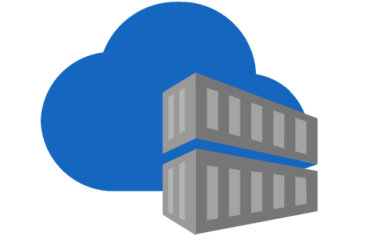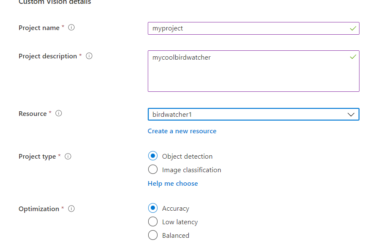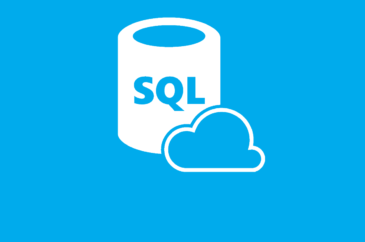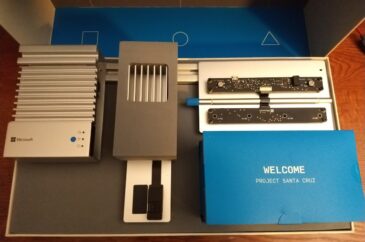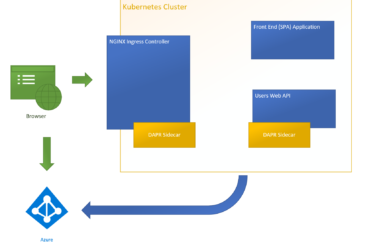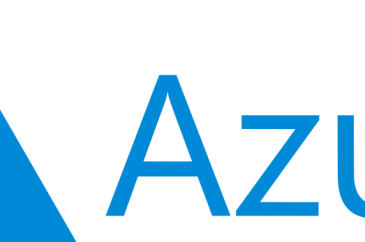
Azure Migrations - Part 1
Learning Azure
This is the first video in a multi-part series on Azure migrations by Wintellect Architect and Azure MVP Blaize Stewart. In part 1, we will look at an overview of what an Azure migration looks like, including learning, assessing, planning, and executing a migration into Azure. We will then review topics that will help you…




